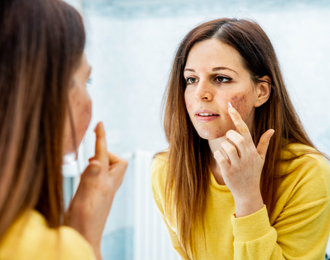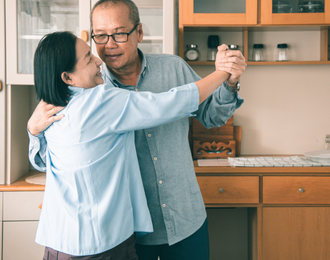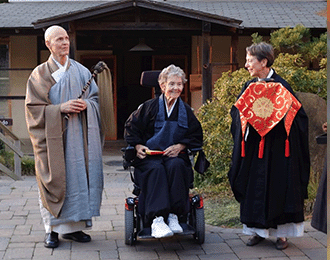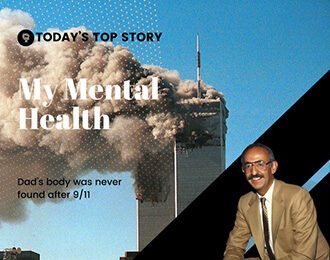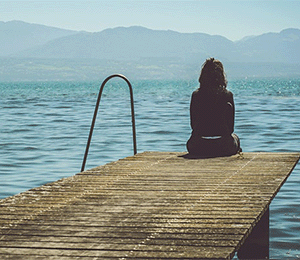Life After COVID-19
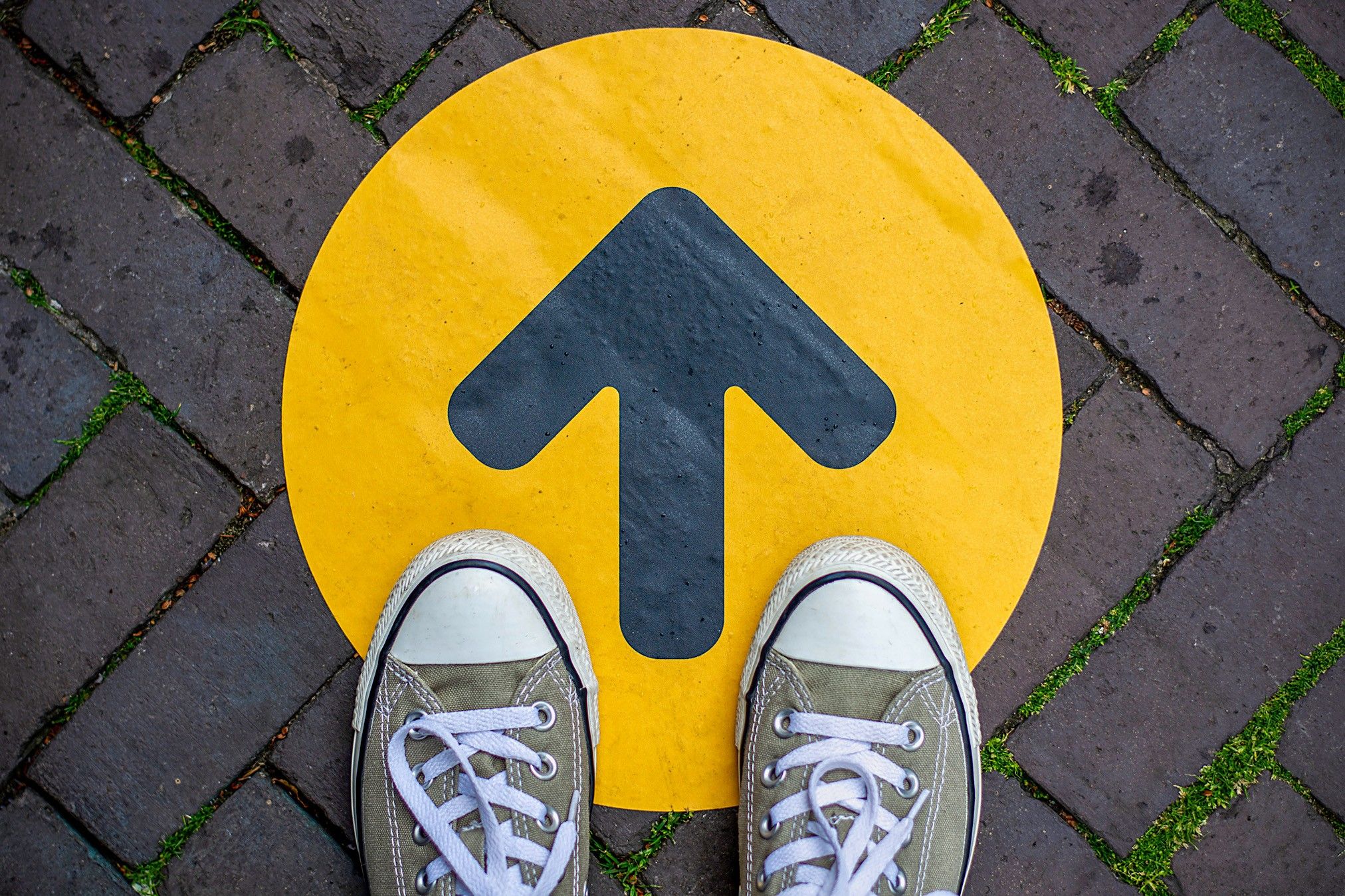
Life After COVID: A Long Road to Recovery
WebMD Health News by Brenda Goodman, MA
Jan 25, 2021 — This month marks a year since the CDC first told us that a 35-year-old man in Washington state had tested positive for a new coronavirus after returning from a trip home to see his family in Wuhan, China.
The announcement was the barest hint of the disruptions that were coming: Business and school closures, stay-at-home orders, face masks, curfews, social distancing, remote work, empty grocery store shelves, the disturbing lack of essential protective supplies, a health care system overwhelmed by emergencies and abandoned for routine care, mobile morgues, evictions. Whole industries paused –conventions, concerts, sports, tourism, restaurants, movies, theaters.
Currently, the U.S. accounts for 25% of the world’s known COVID cases, with nearly 25 million identified here and more than 400,000 Americans dead.
Those deaths have unleashed a tsunami of grief. A recent study by researchers at Penn State University found that every person who dies of COVID leaves nine others grieving for their loss.
Thousands who have recovered from their infections are living with symptoms that don’t seem to be going away.
The pandemic has widened racial and economic fault lines, with Blacks, Latinos, and Native Americans 4 times as likely as whites to be hospitalized from COVID, and about twice as likely to die from it, according to the CDC.
Experts will study the impacts of this time in our lives for years, perhaps decades. In the near term, at least, it’s clear the pandemic has been a seismic event, even for people who’ve managed not to catch the virus.
“The thing of it is that this is actually is a life-changing event. I don’t mean for just us personally. I mean for the planet. And it’s going to be a long time before things return to whatever it is that we envision is normal,” says Irwin Redlener, MD, a doctor who directs the pandemic resource and response initiative at Columbia University in New York City.
How long before we recover? And what will that recovery look like? Will we ever get back to where we once were, or at least to the paths we thought we were on?
“The timeline is going to be long, and it’s going to be bumpy,” Redlener says. “And the question, ‘When do we get back to normal life?’ In some aspects, never. We won’t be seeing in our lifetimes — most of us — a total return to an environment where we’re not worried about, you know, new infections,” he says.
The Long Recovery Ahead
Amber Schmidtke, PhD, is a working mom who found herself forced to suddenly swerve last year. She was an instructor at the Mercer University School of Medicine in Atlanta when the pandemic hit.
“It was a really good fit for me, and I loved the mission,” she says.
When the country locked down under stay-at-home orders last spring, her kids suddenly had to be on home computers for school, which required frequent supervision. And her husband, who is in the military, was transferred from Georgia to Kansas.
She made the difficult decision to give up teaching, at least for now, to focus on her kids and getting settled in a new home.
Instead, Schmidtke began working as a freelance writer. She writes a daily newsletter breaking down pandemic statistics for the state of Georgia.
She says the change hasn’t been all bad.
“I actually work only 10 feet away from my kids while they’re also in school, and we’re all on headsets, but we could have three meals a day together, which is kind of fantastic,” she says.
But she misses her teaching. She had hoped to start again at the University of Kansas, but funding cuts have delayed that opportunity.
Experts say these pivots, which may feel like minor or temporary adjustments now, actually force our lives onto new paths, a phenomenon called social role adaptation.
“It’s going to have a ripple effect on that person through the rest of their lives,” says David Abramson, PhD, a clinical associate professor at New York University’s School of Global Public Health who studies how people recover from disasters.
He’s spent the better part of the last 2 decades studying how Hurricane Katrina survivors rebuilt their lives after that event, which resulted in the largest displacement of Americans in the last 150 years.
To be sure, recovery from a pandemic is going to be different than from a natural disaster like a hurricane. But Abramson thinks there will be important parallels.
“I think we’re learning a lot about how long-term recovery plays out,” he says.
Abramson has focused on recovery in Katrina survivors in two ways: how a person subjectively feels about where they are in their lives, and then in more objective ways, like whether their financial situation has rebounded, and they have stable housing.
The good news is that subjectively, people did eventually feel like they had bounced back. It took a long time, though — about 13 years — before they felt recovered.
“It seemed to reinforce this idea that time heals all wounds. It appeared to be that people learned how to deal with the pain and absorb it and move on,” he says.
But when Abramson and his team looked at five measures of objective recovery — housing stability, economic stability, physical health, mental health, and social role adaptation — they found that the Katrina survivors never really got back to where they were before.
Think about being on a growth curve in life. Big disasters permanently knock people off their curves. They never really do get back to where they were before.
Abramson says he’s most worried about people who have dropped out of the workforce. They may find other work, but his research has found it’s very difficult for people who’ve been sidelined to get back on the same life trajectory they were on.
“When you ask somebody, ‘Tell me about yourself, who are you?’ And if you can no longer say well, you know, I’m an engineer for this company. I’m an attorney. I’m a teacher. I’m a professor. … It’s going to change the way you think about yourself and your place in society,” he says.
Kids see their social roles change, too.
It may seem like a temporary setback for a teenager to lose out on an internship, Abramson says, but that missed opportunity can echo for years if it constrains their worldview or their sense of what they can achieve in life.
Younger students may lose critical educational building blocks. Surveys of German parents about their kids’ educational activities during school closures there show that the time kids spent on educational activities during the day dropped by about half, from 7.4 hours to 3.6 hours.
A recent report from the nonprofit Organization for Economic Cooperation and Development suggests these learning losses will have financial effects. Students in grades one through 12 will earn about 3% less over their lifetimes because of the school closures
“It’s particularly important for people that take care of children that they have engaged directly in what they have to do to make sure that their kids come through this with without losing a sense of optimism about the future, or their ability to dream or aspire to go on,” says Redlener.
Maintaining this optimism doesn’t just help them, he says. It will help adults to carry on, too.
A Virus that Leaves Lasting Scars
We’re still learning about the lasting symptoms that some people, dubbed long haulers, have after COVID. Doctors estimate about 1 in 10 who’ve been infected will continue to struggle for weeks to months after they clear the infection. That will leave millions trying to manage a disease that may well turn into a chronic condition.
Mike Stillman may be one of them. Stillman repairs train cars in Copley, OH, where he lives with his wife, Amanda, and two kids. Two days before Christmas, Stillman had a stroke that his doctors think was caused by a COVID infection he didn’t even know he had. He was 40 years old.
“He had a really sharp pain in his head in the back, like behind your ear, and it like came around to the front of his face, and his whole left side went numb,” Amanda says.
At the hospital, he tested positive for COVID. They were stunned.
“My husband is a germaphobe. He washes his hands all the time. He doesn’t touch doorknobs. He doesn’t touch many things. He wore his mask every day at work. His dad has lung cancer and, you know, we were planning on maybe the last Christmas we’ll spend together. So, we’re trying to do everything we could to bring it to him,” she says.
Before his stroke, Mike had been really healthy. He didn’t have any other conditions. But doctors now know that COVID infections can throw the body’s blood clotting system badly out of whack. Studies have reported other cases like Mike’s where a silent COVID infection was followed by a stroke.
Now, Mike has been forced to take time off work while he rehabilitates.
“The worst part, I’d have to say, is I see him getting very overwhelmed and frustrated that things aren’t the way they used to be for him,” Amanda says. The family has gotten help through a GoFundMe page while they wait for his benefits to be approved.
His balance and coordination have gotten much better, she says, but other things are still off. He doesn’t sneeze the same way he did before. And when he gets into the shower, half of his body will feel the hot water, while the other half feels icy cold.
“He has to be thankful that it’s not worse than it is,” Amanda says. “And he has to be patient and, hopefully, this stuff will come back.”
Isolation and Stress Degrade Health, Too
Even people who were lucky enough to escape COVID infections may notice their health got worse over the last year.
These indirect effects are just beginning to be seen and felt.
Children missed 9 million vaccinations last year, according to a recent data analysis by Blue Cross Blue Shield. The insurer now estimates U.S. children under age 10 have fallen so far behind on their shots that they no longer have community protection against serious diseases like measles and whooping cough.
A large new study out of China estimates that nearsightedness among children ages 6 to 8 spiked — increasing somewhere between 40% and 300% — as children shifted to online learning and hours of screen time during the quarantine.
Isolation has made mental health problems worse. Calls to the federally funded Disaster Distress Helpline surged. In late March and early April, calls to the hot line spiked 890% from the same period the year before. Call volume has dropped somewhat since that time, but by December, the hot line was still getting more than twice its normal call volume, according to the Substance Abuse and Mental Health Services Administration.
Federal surveys suggest 40% of Americans are struggling with mental health and substance abuse problems. Young people have been particularly hard hit: 1 in 4 recently said they’d thought about killing themselves within the past month, according to The Washington Post.
Early reports indicate even those lucky enough to avoid being infected with the virus have been worn down by stress. Dentists are seeing big increases in tooth fractures and pain as people clench and grind their jaws. Dermatologists report treating more patients for hair loss. Pharmacists have filled more prescriptions for pills to treat anxiety, depression, and insomnia.
Caregivers for dementia patients say they’ve watched their loved ones decline more quickly during the isolation of the pandemic.
Experts say people will come out of the pandemic sicker. This poor health will likely be reflected on a population scale, too. “People may have reduced access to health care. They have more stress. They have more food insecurity, and all of these things do not bode well for general population health,” Redlener says.
One near-term effect: the U.S. will likely see a dip in its fertility rate and, ultimately, smaller families.
Economists at the Brookings Institute have predicted that 300,000 to 500,000 fewer babies will be born in 2021 as a result of the pandemic. Those births represent between 8% and 12% of the 4 million babies typically born in the U.S. each year. Surveys show about 1 in 3 women have delayed their plans to have a child or reduced the number the think they’ll have.
And the world will have extra pounds to shed when the pandemic lifts.
A recent study of children under lockdown in Italy found that they slept more, moved less, and spent nearly 5 more hours a day on screens, eating more red meat, sugary carbs, and junk food while they did it.
Adults haven’t fared any better. A recent global survey found that while adults are eating better, thanks to more cooking at home, they’re also eating more and moving less. Between 1 in 4 and 1 in 3 reported gaining weight during the pandemic.
Extra padding isn’t just a problem of buying bigger clothes. Obesity leads to a raft of serious health problems, from high blood pressure and heart disease, to diabetes, to sleep disorders and cancer, according to the National Institutes of Health.
We’re likely to see increases in all these diseases as the years go on.
When Will It Be Over?
Abramson says vaccines will eventually get us to a point where infections are much less common and much less harmful than they are now.
“It’s like a war between a population of viruses and a population of people. At some point, we have a standoff,” he says.
The virus will still be out there, but there won’t be as many susceptible people. When people do get sick, it will be treatable.
Abramson says he’ll recognize that moment is here when he can walk out, give somebody a hug, and get together with other people without thinking too much about it.
But he says that as long as there’s any reason for doubt, “better wear a mask, better not shake hands, better not go in there — how many people are in there and what’s the ventilation? If I’m still doing that calculus in my head, it’s not over.”
Reasons for Hope
The world that lies ahead of us may look different than the one we’re leaving behind. And as vaccines bring the pandemic under control, there are reasons for hope.
Redlener says the collective nature of the experience could change how we relate to each other, for the better.
“It’s like we’ve all been through trauma now, and we’ve been through it together; and maybe going through it together and looking for a common solution will help to ease the political pain and division that’s been, you know, part of this last few years,” he says.
Redlener says he also hopes it gives the U.S. an appreciation for how we need to work with other countries to solve big problems, like climate change.
“This is going to be one of the ingredients that will make for a much more collaborative and cooperative world,” he says.
